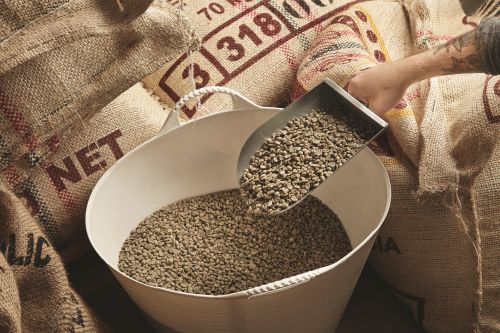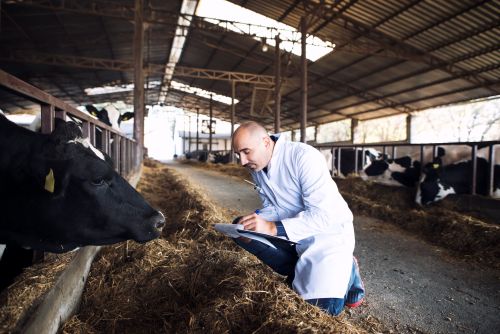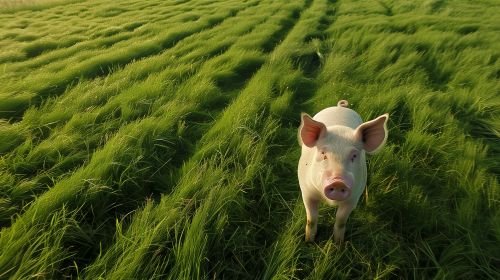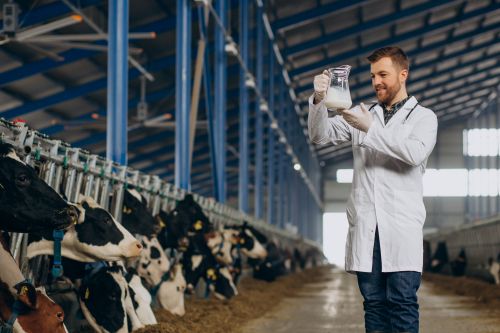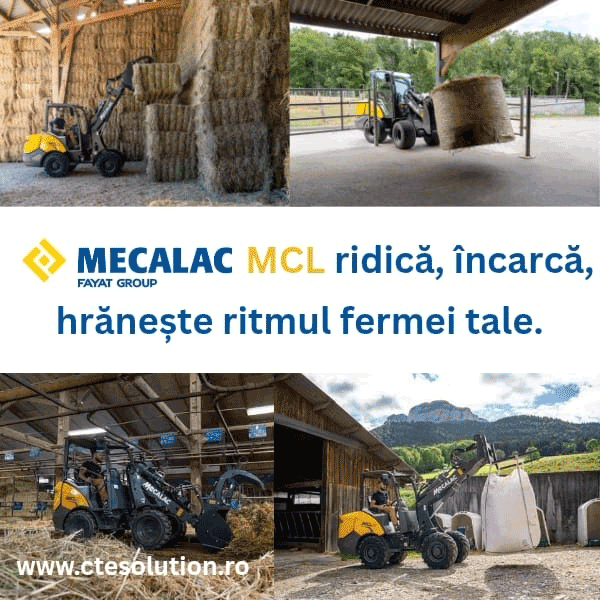281
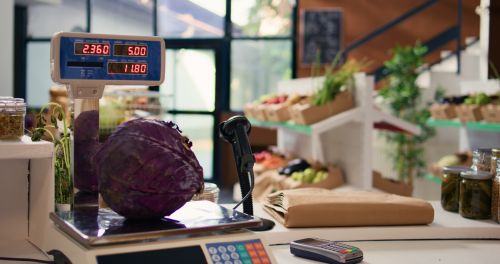
Romania’s food industry is undergoing a period of structural adjustment. According to INS (2024), the sector’s turnover exceeded 70 billion lei, yet profit margins declined by more than 5% compared to the previous year, driven by rising energy costs and the implementation of new environmental requirements.
In 2024, the European Commission introduced a set of regulations on recyclable packaging and industrial emission reductions, requiring processors to modernize their facilities. For small and medium-sized enterprises (SMEs), these investments are substantial — ranging from €50,000 to €400,000 for production line upgrades, according to AFIR.
While the adaptation process entails significant costs, the long-term benefits are evident: increased energy efficiency, waste reduction, and improved access to Western European markets, where sustainability is now a key procurement criterion. According to DG AGRI, companies that implement green standards and digital management systems can achieve up to 20% productivity growth in the medium term.
The green transition is no longer optional — it has become a threshold for economic survival. Romania’s food industry stands at the crossroads of cost pressures and the need for modernization — and finding the right balance between the two will define its performance over the next decade.
(Photo: Freepik)
